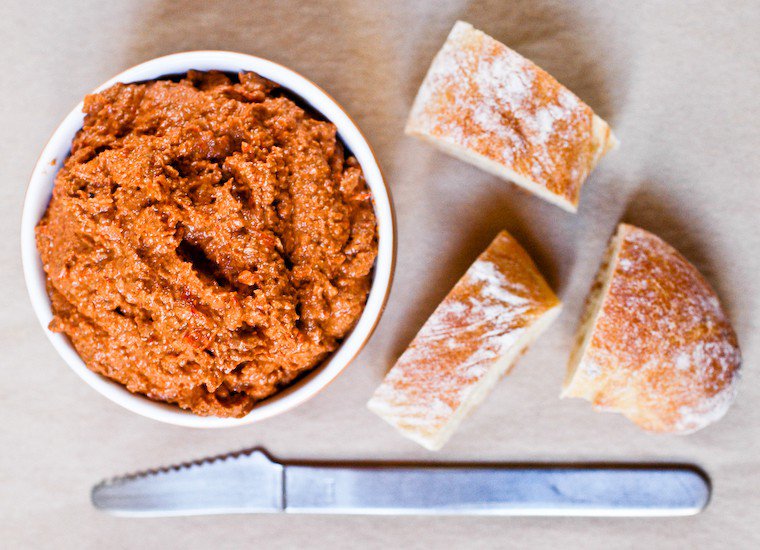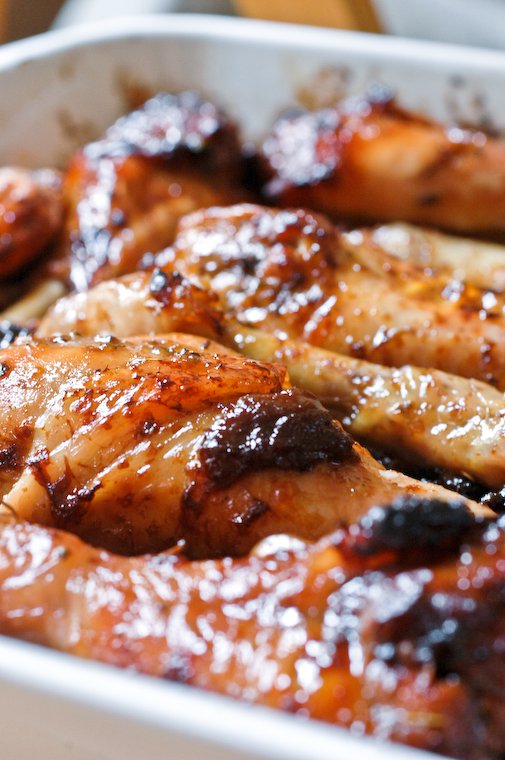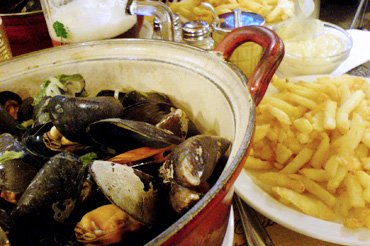
[Alain Passard’s Garden]
The photo set that illustrates this post may be viewed as a slideshow.
I have never dined at Alain Passard’s restaurant. The closest I ever got to it was my lunch at La Végétable, but that doesn’t really count — the proximity of the escalators and the neon lighting cancel out the stars.
It’s not that I don’t want to go, I do, but L’Arpège is one of those restaurants I’ve read so much about — Passard’s love of vegetables, his running a biodynamic garden to provide for the restaurant’s produce needs — that I fear I may be disappointed when I actually go*. So up until now, I have contented myself with the hope and possibility that, some day, I shall make it there.
But when a friend of mine hinted that she might be able to arrange a visit to said vegetable garden, it was all I could do not to pester her with daily emails and twice daily text messages, reminding her that I was absolutely, positively, and superlatively interested, and when when when could we go?
The visit was scheduled for a weekday in mid-June — yes, I’ve been sitting on that story for a little while. Passard’s property is located in the Sarthe area, some 200 kilometers to the south-west of Paris, so my friend, her son, and I met with Julie Coppé — Alain Passard’s right-hand woman — at the Montparnasse train station, from which my dear TGV propelled us to Le Mans in under an hour; a taxi ride took care of the remaining kilometers.
Few things provide as concentrated a dose of happiness as a daytrip to the countryside. This is when the contrast between clamor and quiet, between exhaust fumes and morning mist, is the clearest. When every detail feels like a gift (a swing set! a donkey! fresh mud!), and when you know you had better fill your lungs and eyes and ears now, while you can, because it will all have vanished come nightfall (and don’t lose that slipper again please).







